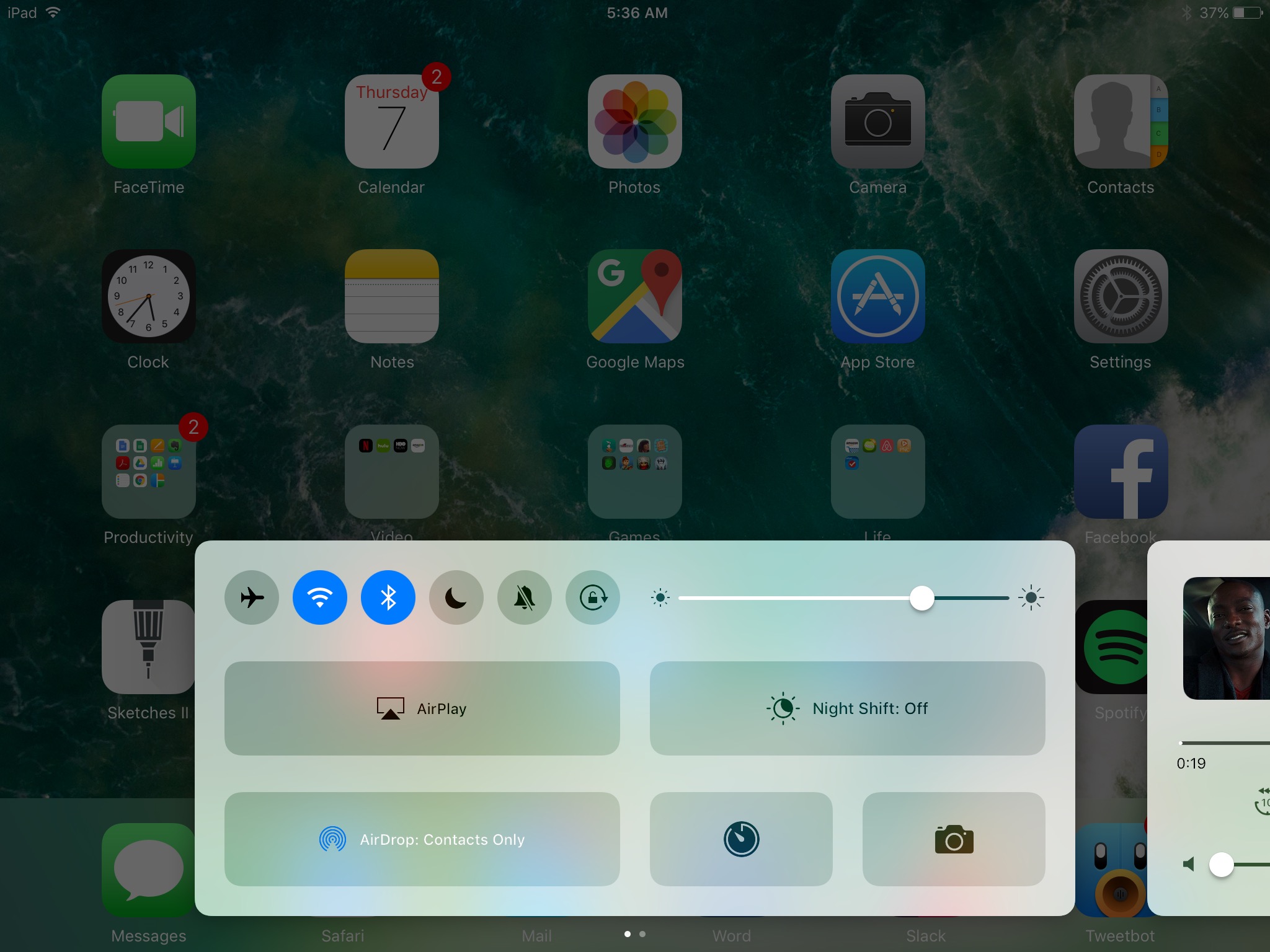



- Home control ios 10 install#
- Home control ios 10 update#
- Home control ios 10 full#
- Home control ios 10 plus#
You swipe up to reveal the Control Center, then swipe sideways between the two panels. Apple apparently thought the previous Control Center pane was overloaded, so they split it into two panels: Home and Now Playing. IOS 10 doesn’t have actual Norman Doors, obviously, but it does have a Norman Door problem. It’s maddening, especially since it’s so easy to design doors that don’t have this problem: a push plate on one side, a pull handle on the other. Generally this is because there are pull-type handles on each side of a door that only opens one way this results in people pulling when they need to push. With iOS 10 there’s a lot more to do with 3D Touch, so it’s well worth forcing yourself to learn what’s possible.A Norman Door is designed in such a way that you’re never sure whether you’re supposed to push or pull. Some people adapted quickly to 3D Touch on the iPhone 6S, while others used it – as some do with Siri – rarely. Right now, though, Home is likely to be an app you’ll launch once to see what it’s like and then never use it again until you buy your first HomeKit gadget since, without them, it can’t do anything. Thanks to Siri integration, you can control HomeKit devices using your voice. It could use smart plugs, or smart light bulbs to switch off your lights, turn on the alarm and turn off the heating. You could create – as Apple has in the example above – a Scene called Good Night. A bit like recipies for IFTTT, Scenes allow you to press a button and make several things happen at once. If you were an early adopter you might already have a HomeKit-compatible thermostat or radiator valves, but Apple’s vision is for the Home app to be the place where you can combine these gadgets and make things happen by using Scenes. That’s because you probably don’t own any HomeKit gadget just yet, but they will go on sale soon. But in iOS 10 there is a Home app and far from being too late, the timing is just about right. HomeKit has been part of iOS since iOS 8, but until now, there’s been no hub or, well, Home app to control all those HomeKit devices. There are small, useful improvements in other apps, and there’s a new app: Home. But several key apps have had big updates, including Messages, Maps, Photos and News. Overall, the updates are relatively subtle: this isn’t like the seismic shift from iOS 6 to iOS 7 when the whole look was revamped. IOS 10 release date and compatible devices.

Home control ios 10 update#
It’s easy to dismiss Apple’s marketing because the new version of iOS is always “the biggest ever” update, but with iOS 10 there are significant changes and improvements which will make you want to upgrade today. iOS 10 is a free update on most iPhones and iPads: for details see It takes a while to get used to pressing Home to unlock, but it’s certainly not a deal-breaker, and shouldn’t be a sticking point if you’re worried about updating
Home control ios 10 install#
If the general consensus is that these devices can cope with iOS 10, that’s the time to hit the Install button. Performance on the oldest devices remains to be seen, so if you have an iPhone 5 or 5C, or iPad mini 2 or iPad 4 it’s probably worth holding on until other people take the risk for you. Apps will also arrive for the iMessage app store, so while you’re free to stick with iOS 9, you will miss out on quite a few fun features. App developers will be adding support for Siri, and plenty more Homekit gadgets will go on sale over the next 12 months to use with the new Home app. Of course, this is just the start for iOS 10.
Home control ios 10 plus#
But all iOS 10-capable iPhones and iPads will get the big app updates, and Memories in Photos, plus the huge update to Messages are well worth having.
Home control ios 10 full#
As ever, only the most recent iPhones and iPads will get the full complement of features and it’s a shame that raise-to-wake isn’t coming to more devices.


 0 kommentar(er)
0 kommentar(er)
